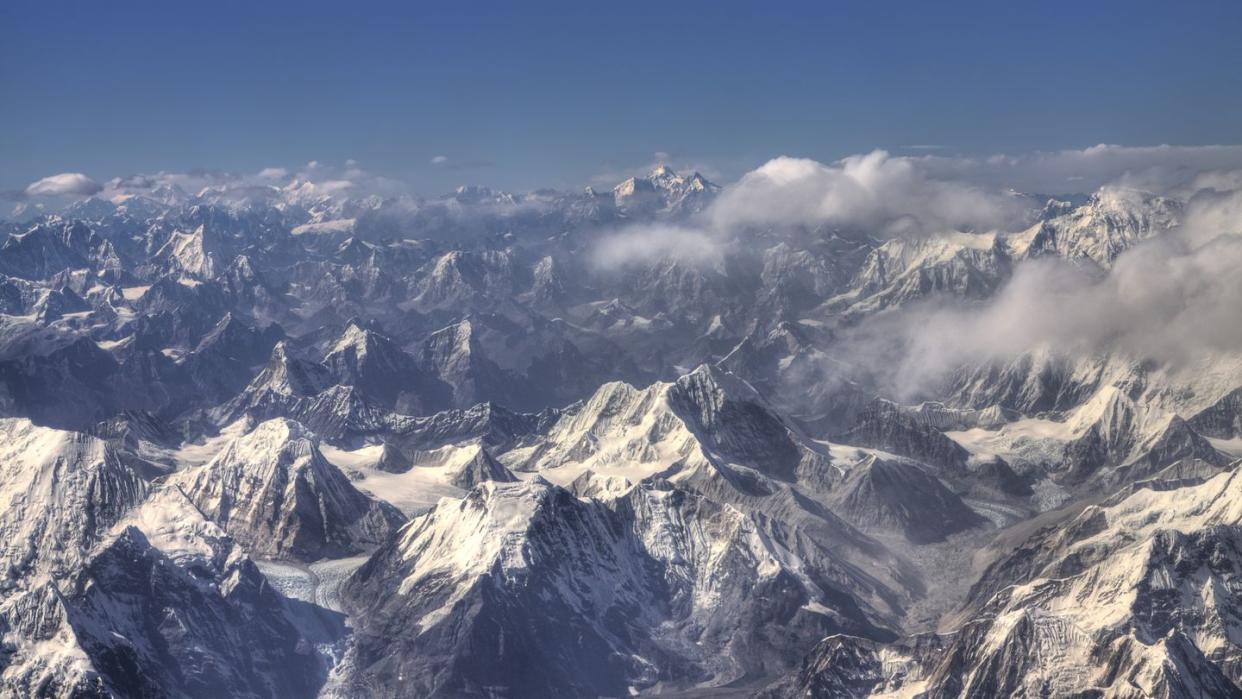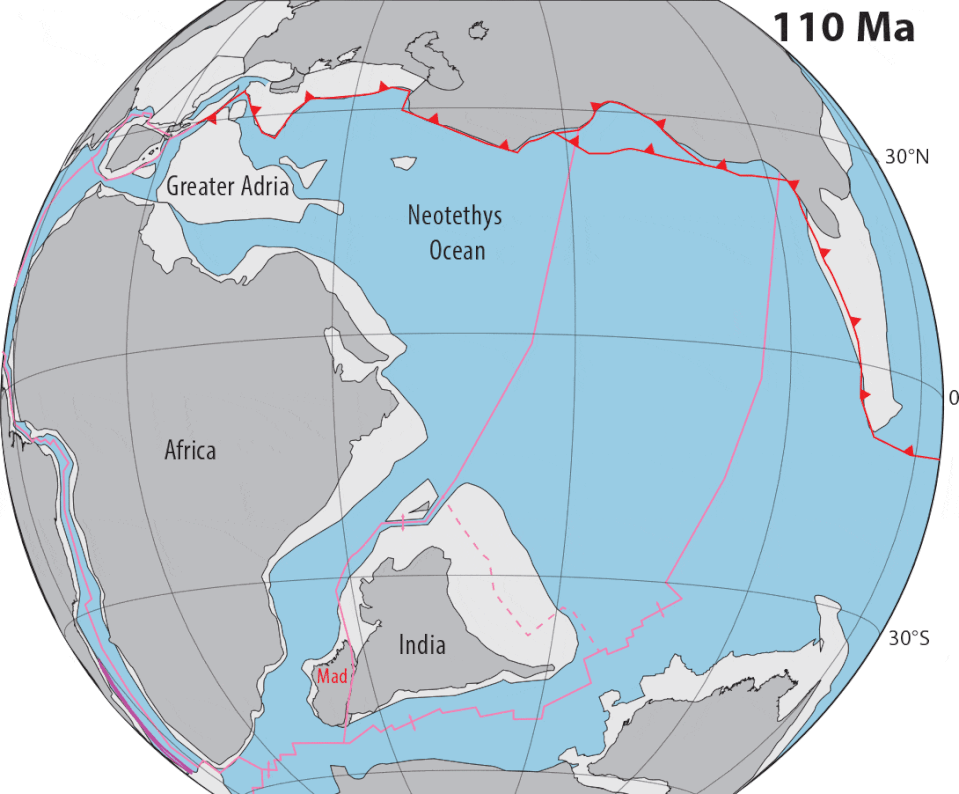Earth’s Forces Are Causing This Massive Plate to Split in Two

For decades scientists have been trying to understand the geologic forces driving the creation of the Himalayas, the worlds tallest mountain chain.
A new study from an international team of scientist argues that a part of the Indian Plate, which has formed the mountains by crashing into the Eurasian Plate, is actually splitting apart in a process known as “delamination.”
Understanding this process could help scientists understand the geology of this region while also grasping the potential dangers for future earthquakes.
Few places in the world are as awe-inspiring as the Himalayas, a geographic wonder some 52 million years in the making. During the middle of the Eocene epoch, the Indian Plate (which was then an island) crashed into the Eurasian Plate and eventually formed the world’s highest mountains. For decades, some scientists have argued that the Indian Plate has resisted a deep plunge into the mantle (a.k.a. subducting) and is instead scraping along horizontally under the Eurasian Plate—the other tectonic plate that makes this mountainous masterpiece possible. However, an opposing faction insists that the Indian Plate is in fact subducting beneath the Eurasian plate and melting into magma.
But an international team of geodynamicists have instead decided to tread a third path, borrowing wise words from a famous meme: “why not both?” Their new study argues that the Indian Plate lying under the region of Tibet is experiencing a process known as delamination, where the top of the plate is rubbing along the Eurasian plant while the bottom part splits off and subducts into the mantle.
Understanding the dynamics at play some 60 to 125 miles below these mountains can help scientists paint a more accurate picture of how the Himalayas have formed while understanding the possible earthquake threats to the region. The researchers originally presented their findings in December of 2023 at the American Geophysical Union conference and published a non-peer reviewed preprint in the ESS Open Archive.

While this tectonic unzipping has been theorized and even recreated using computer models, this is the first time scientists have caught a plate in the act of delaminating. “We didn’t know continents could behave this way and that is, for solid earth science, pretty fundamental,” Douwe van Hinsbergen, a geodynamicist from Utrecht University, told Science.
So, how exactly were they able to discern the geophysical turbulence toiling under the Himalayas? Stanford geophysicst Simon Klemperer became interested in a zone near Bhutan in northeastern India—the subduction zone curves there due to the Indian plates un-uniform composition. Klemperer took a series of isotope measurements of helium (specifically, helium-3) that surfaced in nearby springs. After collecting samples from some 200 springs across some 600 miles, they found a stark line where mantle rocks (subduction) met crust rocks (no subduction). However, a trio of springs south of this line instead contained mantle signatures—in other words, the Indian Plate was likely splitting in two.
In addition, earthquake analysis from hundreds of seismic stations also appeared to highlight two “blobs” that likely point to a lower slab separating from a higher slab.
Even though this drama has been unfolding for millions of years, scientists are only just beginning to discover the complex dynamics of what forms land masses around the world. Understanding how and why plates sometimes undergo this “why not both” behavior will help better predict earthquake dangers in both “the roof of the world”and the rest of fault lines—anywhere that an unstoppable force seemingly meets an immovable object.
You Might Also Like

